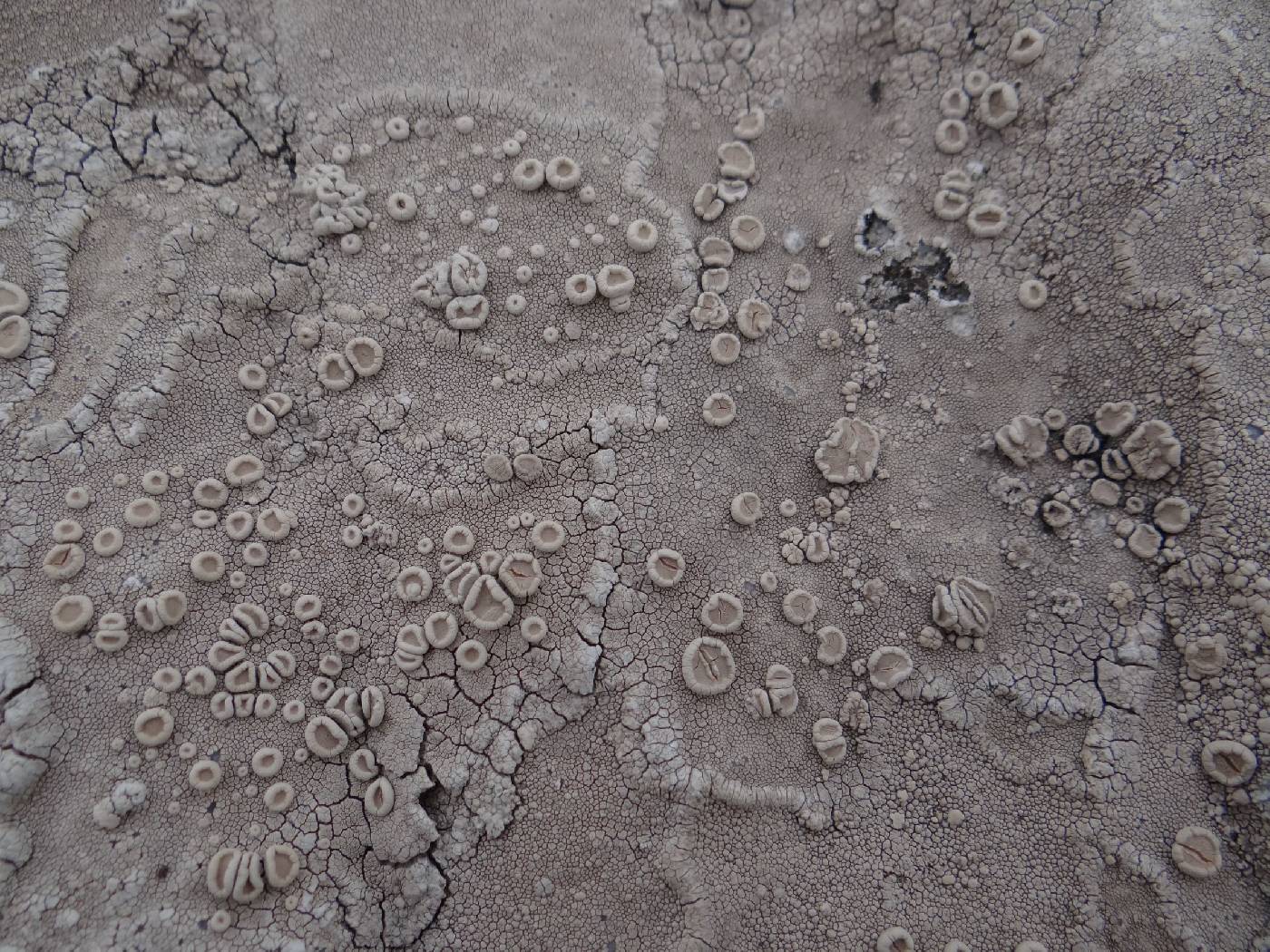
Consortium of Lichen Herbaria
- building a Global Consortium of Bryophytes and Lichens as keystones of cryptobiotic communities -
- Home
- Search
- Images
- Species Checklists
- US States: O-Z >
- US National Parks
- Central America
- South America
- US National Parks
- Southern Subpolar Region
|
Family: Ochrolechiaceae |
Nash, T.H., Ryan, B.D., Gries, C., Bungartz, F., (eds.) 2004. Lichen Flora of the Greater Sonoran Desert Region. Vol 2. Life habit: lichenized Thallus: crustose, thin to thick, rimose areolate to verruculose or verrucose, elsewhere rarely spiny and appearing superficially fruticose surface: white to ashy gray, smooth to rugose photobiont: primary one a chlorococcoid green alga, secondary one absent Ascomata: apothecial, sessile to substipitate margin: thalline, usually entire, prominent, well-developed disc: yellowish or pinkish brown to pink or orange, usually expanded, often white pruinose, frequently surrounded by a thin excipular ring creating a double margin hymenium: hyaline, 150-200 µm tall; paraphyses: thin, densely branching, anastomosing asci: Pertusaria-like, uniformly thick-walled, K/I+ blue-black, 2-8-spored ascospores: hyaline, simple, usually over 20 µm long, thick-walled, smooth Coniomata: pycnidial, immersed conidia: hyaline, elongate, cylindrical, straight Secondary metabolites: usually with orcinol depsides or tridepsides Geography: widespread in arctic/alpine habitats and in temperate and subtropical areas of both hemispheres Substrate: on acidic bark, mosses or detritus over soil and siliceous rocks. Notes: Ochrolechia is characterized by its crustose thallus, hemiangiocarpous and zeorine apothecia (Henssen and Jahns 1974), its strongly amyloid hymenium, its hyaline hypothecium, and its simple, thin-walled ascospores. Although the spores are large in contrast to Lecanora, they are usually smaller and have thinner walls than those of Pertusaria. |
Powered by Symbiota









